
Burned Area Emergency Response: Turf Reinforcement Mats (2021)
Overview of process for stabilizing roads affected by forest fires. Explores the use of turf mats as a temporary or permanent solution to allow vegetation regrowth and facilitate road repair.
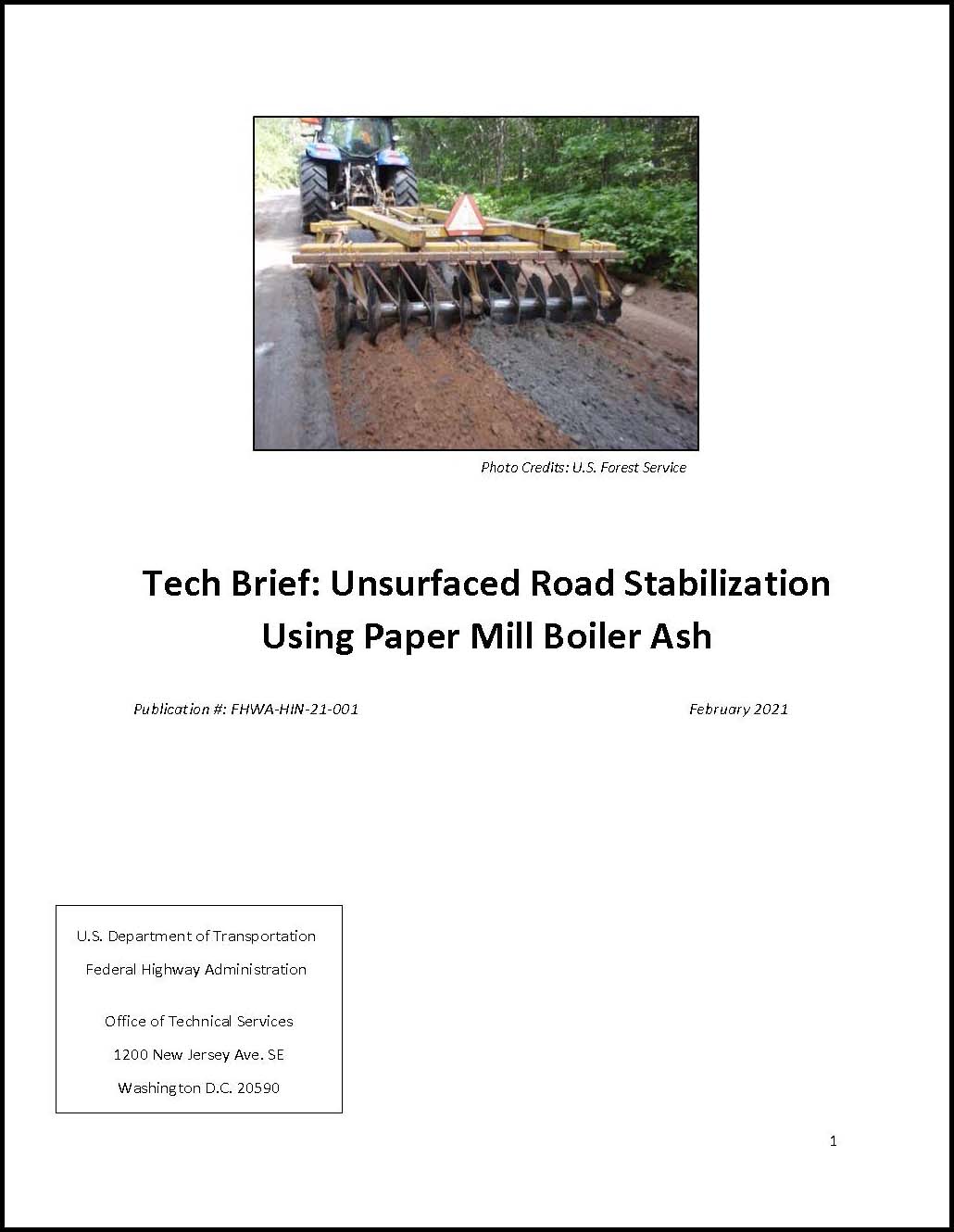
Unsurfaced Road Stabilization Using Paper Mill Boiler Ash (2021)
Overview of process for applying paper mill boiler ash to unsurfaced roads.
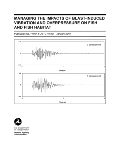
Managing the Impacts of Blast-Induced Vibration and Overpressure on Fish and Fish Habitat (2019)
This White Paper addresses the generation and transmission of blast energy and the effects that overpressuresand vibrations can have on fish and fish habitat. Management challenges that arise when planning and executing blasting projects are discussed. Scientific studies correlating blasting with impacts to fish and recommended guidelines that limit vibrations, overpressures, and sound pressure levels were reviewed. An overview of mitigation techniques and examples of successful projects are presented.
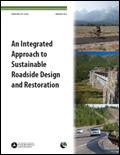
An Integrated Approach to Sustainable Roadside Design and Restoration (2013)
The roadside represents the interface between the roadway and the surrounding environment, and plays an important role in protecting the larger ecosystem. Roadsides are dynamic environments that require unique treatments and restoration approaches. This guide presents an integrated and holistic approach to incorporating sustainable solutions into disciplines such as hydraulic, geotechnical, aesthetics and vegetation, among others.
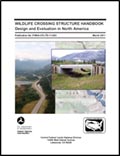
Wildlife Crossing Structure Handbook Design and Evaluation in North America (2011)
This handbook provides numerous solutions to wildlife-vehicle interactions by offering effective and safe wildlife crossing examples. Key design and ecological criteria, construction and maintenance guidelines, and effective monitoring techniques are shown and described in this handbook's practical application examples called Hot Sheets.
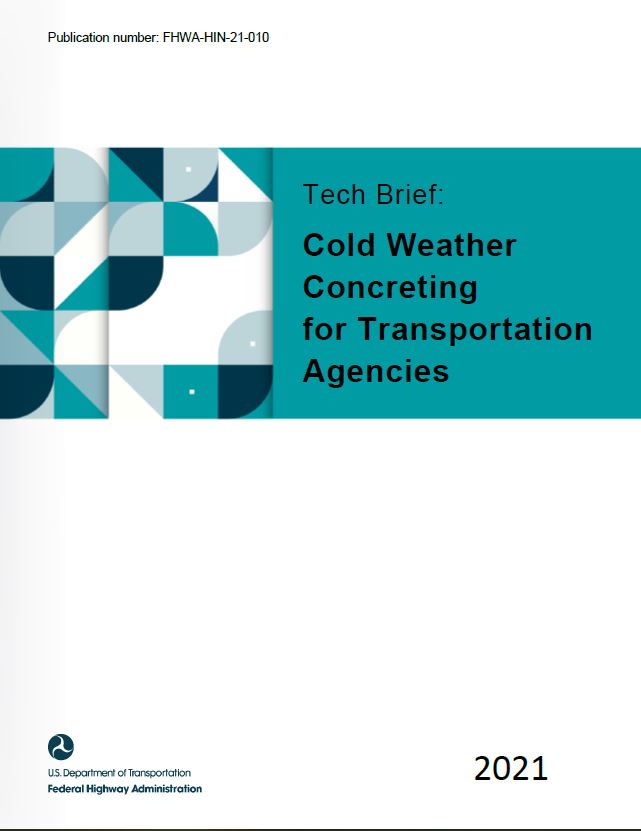
Tech Brief: Cold Weather Concreting for Transportation Agencies (2021)
This Technical Brief provides an overview of the cold weather admixture systems (CWAS) methodology to mix, place, and cure concrete at or below freezing air temperatures. Benefits, temperature limitations, and applications of CWAS are presented. Adoption of the specifications are recommended. Considerations for contracting, familiarizing the contractors prior to construction, and lessons learned from the demonstration are discussed.
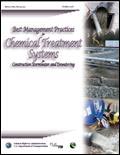
Placement of Warm Mix Asphalt on the East Entrance Road of Yellowstone National Park (2009)
Collaborative effort between agency and contractors to evaluate the viability of warm mix technology as a standard construction practice. The demonstration evaluated two different WMA technologies (Advera and Sasobit) on a construction project on the East Entrance Road of Yellowstone National Park.

Best Management Practices for Chemical Treatment Systems for Construction Stormwater and Dewatering (2009)
Chemical treatment systems (CTS) are implemented in areas where traditional, physical erosion and sediment control practices will not meet water quality goals for construction site runoff. This report provides a technically credible basis for best management practices for the use of CTS for turbidity reduction on road construction projects and identifies the most important variables to address when selecting chemical treatment best management practices for a particular site.

Tech-Brief: High Friction Surface Treatment (2021)
The High Friction Surface Treatment (HFST) Technical Brief outlines its use to improve roadway safety by addressing crashes caused by wet conditions or polished pavements. The FHWA highlights pilot projects demonstrating HFST's cost-effectiveness compared to road realignment or resurfacing. The report details planning, application, friction testing, and safety benefits, showing HFST's potential to enhance traction and reduce crashes while offering recommendations for broader adoption.

Internally Cured Concrete (ICC) (2020)
This Technical Brief provides an overview of the benefits, limitations, and applications of Internally Cured Concrete for bridge decks. Considerations for specifications, contracting, construction, and maintenance are discussed.

Tech Brief: Insulated Pavements for Low-Volume Roads (2021)
An overview of an innovative road construction/reconstruction method that was demonstrated at two Federal land management agency sites to address reducing damage to low-volume pavements due to detrimental effects of frost action. Considerations for design and construction of insulated pavements to reduce road maintenance, as well as performance measures to quantify the effect of the insulating layer, are discussed.
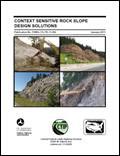
Context Sensitive Rock Slope Design Solutions (2011)
Context sensitive designs in transportation are key to developing facilities that fit within the engineered setting, preserving scenic, aesthetic, historic and environmental resources while maintaining motorist safety and mobility. This report provides design, construction, and maintenance solutions for rock slope excavation, stabilization, and mitigation in context sensitive regions. It addresses state-of-the-art and state-of-practice technologies for the evaluation, design, and construction of context sensitive rock slopes.
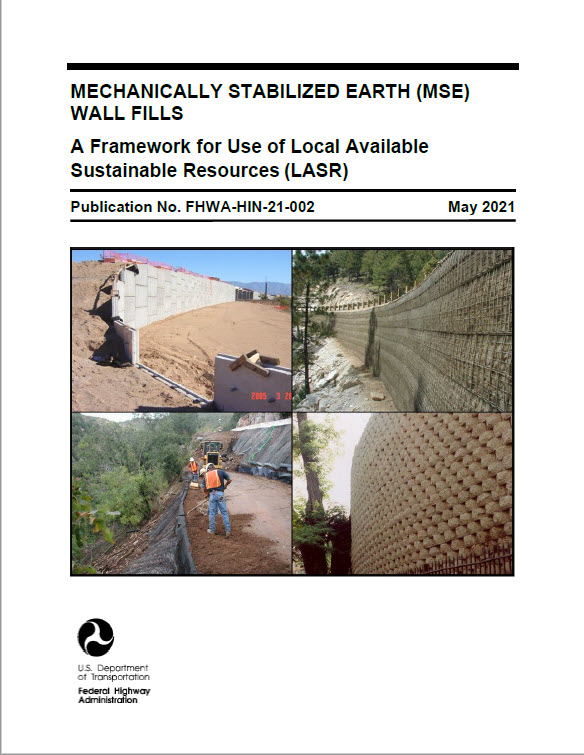
Mechanically Stabilized Earth (MSE) Wall Fills: A Framework for Use of Local Available Sustainable Resources (LASR)
Context sensitive designs in transportation are key to developing facilities that fit within the engineered setting, preserving scenic, aesthetic, historic and environmental resources while maintaining motorist safety and mobility. This report provides design, construction, and maintenance solutions for rock slope excavation, stabilization, and mitigation in context sensitive regions. It addresses state-of-the-art and state-of-practice technologies for the evaluation, design, and construction of context sensitive rock slopes.
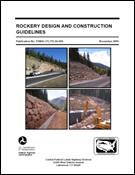
Rockery Design and Construction Guidelines (2006)
Rockeries consist of earth retaining and/or protection structures comprised of interlocking, dry-stacked rocks without mortar or steel reinforcement. The report provides a rational design methodology, which evaluates rockery stability as a function of the rockery geometry (height, base width, and batter), rock properties and placement, and lateral pressure imposed by the backfill materials.
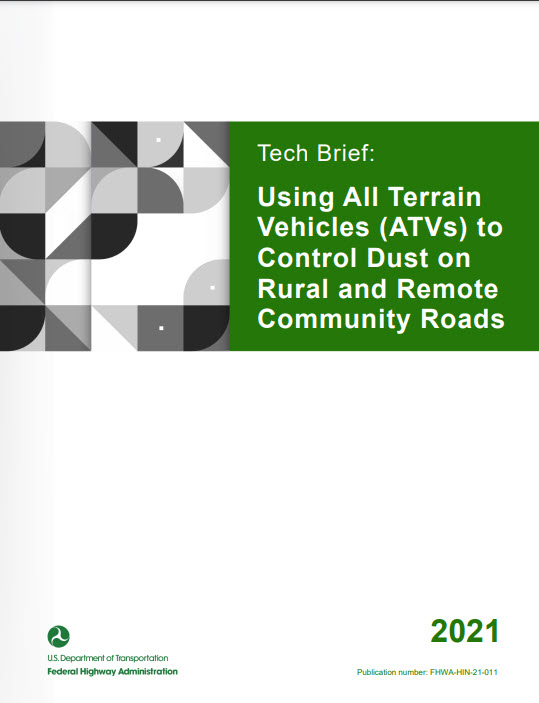
Tech Brief: Using All Terrain Vehicles (ATVs) to Control Dust on Rural and Remote Community Roads (2021)
This Technical Brief provides an overview of using an ATV, a flat-bed trailer, and a pressurized spray bar, a simple method to reduce road dust is now available for use by rural and remote communities. With an ATV pulling a trailer-mounted tote filled with a dust palliative, the material is then easily sprayed from the back of the trailer onto a prepared unpaved roadway surface.
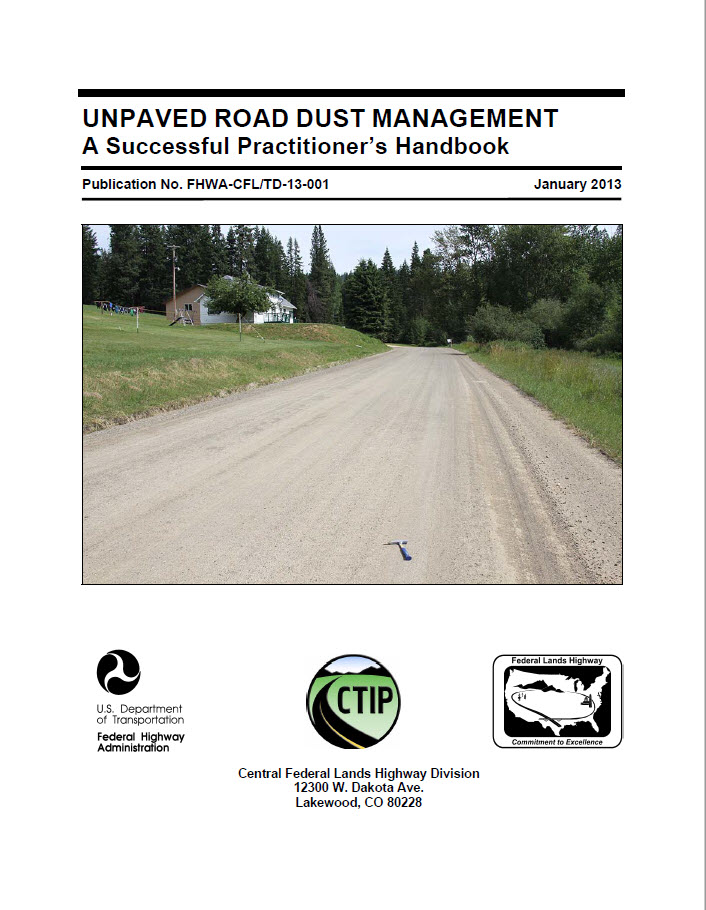
Unpaved Road Dust Management, A Successful Practitioner's Handbook (2013)
This handbook provides broad programmatic aspects of unpaved road management. It is based on observations made during a national scan tour and provides useful and insightful excerpts of real world examples and includes practical how-to instructions for determining what type of treatment may be needed for different situations.
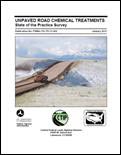
Unpaved Road Chemical Treatments State of the Practice Survey (2013)
This report documents survey results regarding the state of the practice of using chemical treatments on unpaved roads. It provides insights into road manager choices and challenges.
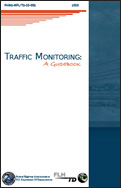
Traffic Monitoring: A Guidebook (2010)
Traffic Monitoring: A Guidebook discusses different approaches to traffic monitoring, and guidance on making decisions based on the quality of the traffic data being collected and how well that traffic data reflects the actual events that are occurring.
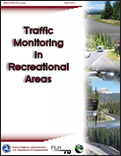
Traffic Monitoring in Recreational Areas (2010)
Traffic monitoring in recreational areas is often challenged by distinct traffic and roadway characteristics and the multitude of agencies responsible for the management of Federal lands and/or the collection of supporting traffic data. These challenges are exacerbated by a lack of consistent procedural guidance; existing national traffic monitoring guidelines lack sufficient direction and detail for recreational travel. Key findings of a literature review, targeted surveys, and a workshop are summarized.